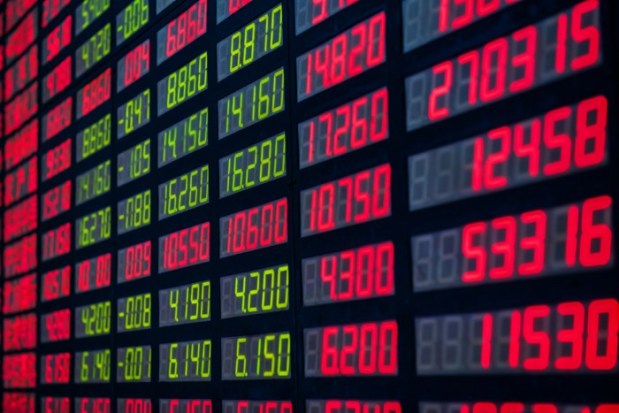Will This Rally Be A House Of Cards?

Stocks and commodities – especially energy – have jumped from lows seen not all that long ago. But caution would well serve those tempted to ride the wave of a dovish Fed and momentum that could suddenly be undone by larger concerns.
Does this rally have legs, or will it collapse like a house of cards? In the wake of a rather dovish statement near the end of the trading day on Wednesday (March 16), the markets perked up and continued to rise into Thursday and overall, at this writing, equities are up another 50 basis points, give or take.
There are a few pockets of downers, but they are company specific. Valeant, anyone? The push off of lows seen at the beginning of February may be heartening to investors, both retail and professional. After all, one of the broader market indices, the S&P 500, is up roughly 11 percent from its lows marked so far this year and the Dow has just returned to positive territory. That comes alongside oil having a positive retracement of about 50 percent, which benefits energy companies, of course (but not necessarily all that many others, since energy is an expense).
Get ready for some more firepower to help push stocks even higher through the next few weeks. That’s because of “window dressing” – a colloquial term on Wall Street that describes the practice of funds (mutual funds especially) making their portfolios look a little better by, in part, adding to winners that are showing recent and strong momentum. Funds must report their holdings as they stand at the end of each quarter, so window dressing tends to lead right up into that snapshot. That, of course, adds to momentum built on momentum.
That (admittedly powerful) trend eventually peters out if the fundamentals are not there to underpin such lofty performance. The factors that could drag on fundamentals remain numerous, and cast at least some arched eyebrows at the recent upswing in stocks.
The Fed tipped a little bit of this concern on Wednesday, with mention that economic conditions (not just in the U.S.) would stymie significant rate increases. Read that to mean, at least in part, that there are concerns, not necessarily about inflation, but economic growth occurring on a relatively strong upswing over the long term. A recession may not be looming, but tepid growth is, and for companies to feel compelled to keep building out operations and developing new positions (and their bottom lines) it may be the case that they want to see better conditions shaping up on a global front. Key rates have been left by the Fed at 0.25 to 0.50 percent at its latest meeting.
If there are lingering concerns over the global economy, and stock surges have been on the backs of commodities rallies, what happens if the commodities stop rallying? The latest numbers show that the U.S. trade deficit is stubbornly high (as of 2015, according to the Commerce Department, up 24 percent over 2014), and due in large part to soft demand from overseas. Data earlier this month show that the U.S. trade deficit grew by more than 2 percent in January. Any real strength in the dollar might compound that problem.
As measured by the current PE ratio on trailing 12-month aggregated earnings, for the S&P, there’s a lot of optimism baked in with a 22x ratio. That could get bid up during window dressing time, and compares with a very long-term average of about 16x. Against somewhat humble underpinnings of Fed pauses and commodity rallies, one wonders just how strong the recent bull run might be.